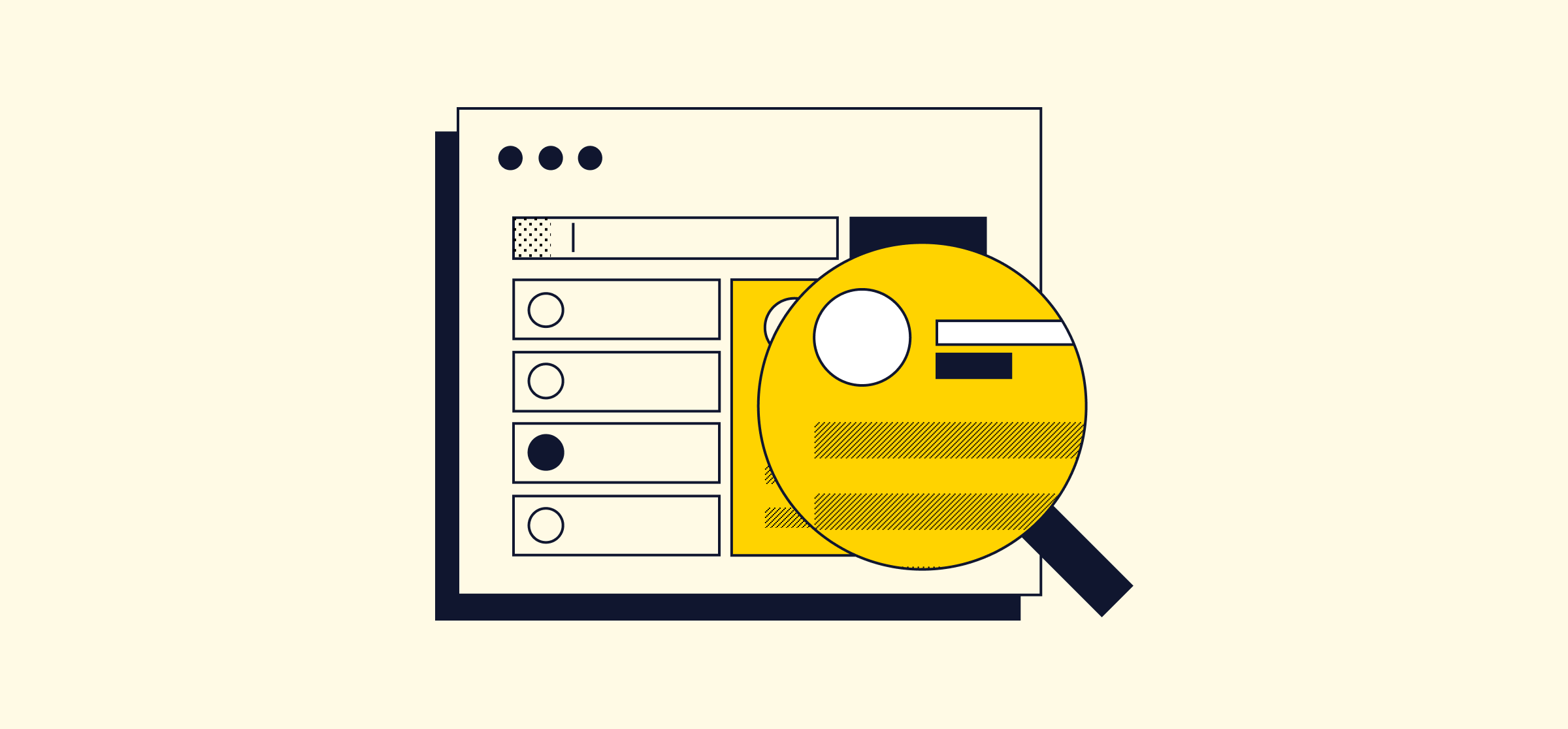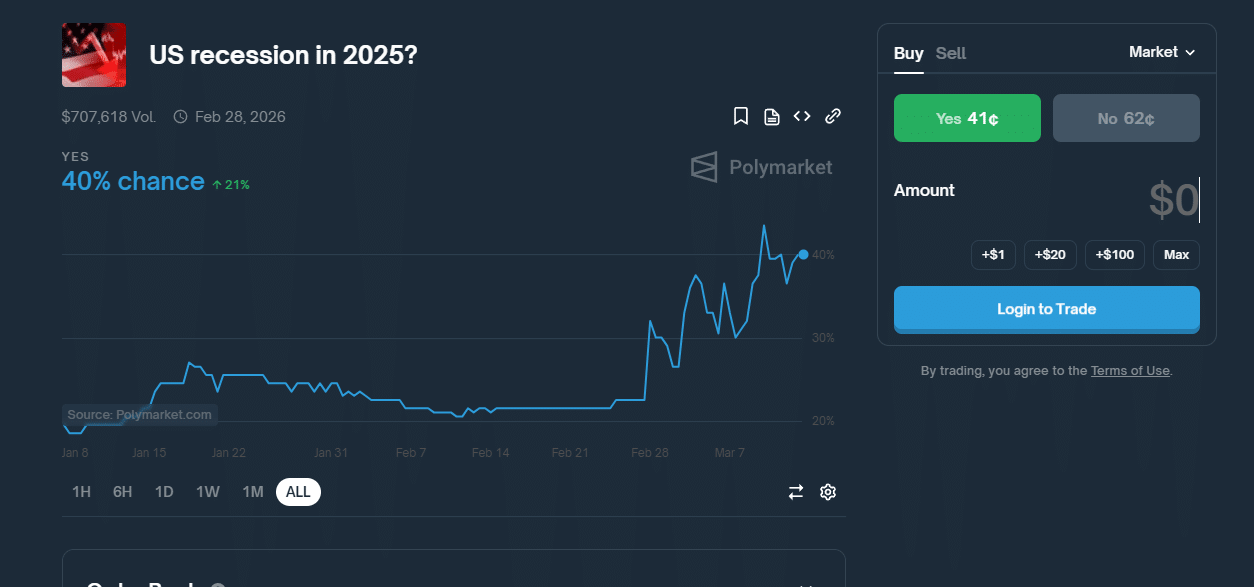Can Exercise Really Cause an Enlarged Heart?
When an "athlete's heart" might not be a good thing.

When you exercise on the reg, your muscles become bigger, stronger, and more efficient (that’s the point, right?). The same goes for your heart, which is also a muscle. With intense training over time, it adapts to the stress and can grow by as much as 20 percent, says John Higgins, MD, a sports cardiologist with UTHealth Houston. When this enlargement happens, doctors call it athlete’s (or athletic) heart.
But is an exercise-related enlarged heart dangerous? Read on to learn more about athlete’s heart, including who’s at risk, how it can affect your health, and whether it’s a temporary thing (spoiler alert: it usually is).
What is athlete’s heart?
“Athlete’s heart is a normal physiological change in the heart muscle in response to intense and prolonged exercise over a longer period of time,” Dr. Higgins says. These sports-related changes in the heart (known as exercise-induced cardiac remodeling) can affect myocardial structure or function.
This may look like an increase in the heart’s muscle mass and/or size (i.e., the heart chamber can grow larger), Dr. Higgins says. On average, a person with athletic heart will see the size of their pumper enlarge by 10 to 20 percent, he says. Changes in the heart’s size and shape also depend on the type of training (more on this later).
Who’s at risk?
Athletic heart is pretty rare. “It affects about 1 to 2 percent of athletes, and usually only happens after years of training,” Dr. Higgins says. It’s more common in Black athletes (though experts still aren’t clear why) and in people who do intense aerobic exercises and endurance sports, he says. Think: elite endurance athletes like long distance swimmers, runners, cyclists, rowers, cross-country skiers, or triathletes. “Even weekend warriors, especially if they are doing longer durations and more intense exercises, can develop athlete’s heart,” he says.
“Even weekend warriors, especially if they are doing longer durations and more intense exercises, can develop athlete’s heart.”—John Higgins, MD
But why? Over time, the heart adapts to endurance training, which can lead to an increase in cardiac output (i.e., the amount of blood your hearts pumps in a minute) and volume load on the ventricles (the lower chambers of the heart). These changes can progress into eccentric hypertrophy, which happens when the ventricle becomes bigger with mildly thick walls, Dr. Higgins says.
OK, what about people who do vigorous strength training? Elite bodybuilders may also experience changes in their hearts too. But high-demand static exercises (like weightlifting) are associated with more concentric hypertrophy, which may lead to much thicker ventricular walls, Dr. Higgins says.
What symptoms should an athlete look out for?
Some people don’t show any signs of athlete’s heart. But if you experience the following symptoms, it’s best to get checked out by your doctor (preferably a specialist such as a sports cardiologist), Dr. Higgins says:
- Dizziness
- Heart palpitations
- Chest pain
- Shortness of breath
- Feelings of impending doom
Other possible symptoms of an enlarged heart include, per the Mayo Clinic:
- Waking up short of breath
- Irregular heart rhythm (arrhythmia)
- Swelling (edema) in the belly or in the legs
Call 911 right away if you have: chest pain; discomfort in other areas of the upper body, including one or both arms, the back, neck, jaw, or stomach; severe shortness of breath; fainting. These may be signs of a potential heart attack, according to the Mayo Clinic.
Is athlete’s heart dangerous?
“No, most times it is not dangerous and does not cause any problems,” Dr. Higgins says. Phew.
Still, while athletic heart isn’t a disease or medical condition, it might cause some side effects. For example, people with athlete’s heart typically have a slower heart rate (because they can pump out more blood than non-athletes with each beat), and they may also have heart murmurs (due to the increased blood flow), Dr. Higgins says. Elite athletes with enlarged hearts are also more likely to have lower blood pressure, he adds.
On top of this, there’s some evidence that athlete’s heart can impact your health down the road. “Some studies have shown long term that athlete’s heart may your increase risk of atrial fibrillation (a form of arrhythmia), which can cause strokes,” Dr. Higgins says.
How to know if it’s athlete’s heart or an underlying heart condition
In most cases, athletic heart is usually NBD. But sometimes it could be a symptom of another medical condition. For example, an enlarged heart can be a sign of serious heart problems such as the following, per the Cleveland Clinic:
- Hypertrophic cardiomyopathy (a genetic disorder that causes the heart’s walls to slightly thicken, which can result in sudden cardiac death in young athletes)
- Dilated cardiomyopathy (when your heart’s main pumping chamber, the left ventricle, becomes enlarged and the tissue there thins, causing the heart to pump with less force)
- Hypertension (high blood pressure, which raises the risk for stroke, heart attack, and other cardiac-related problems)
If you have any symptoms—fainting, excessive shortness of breath, chest pain, or an unexplained dip in sports performance—see a sports cardiologist, stat. They can properly examine you to rule out any serious heart problems.
How much exercise is too much?
When it comes to exercise and heart problems, “it’s a U-shaped relationship: too little or too much is unhealthy,” Dr. Higgins says.
The sweet spot for heart health is “15 to 90 minutes of exercise most days of the week,” he says. The general guidelines for physical activity call for a mix of aerobic exercise (a minimum of 30 minutes at least five days a week) and strength training (at least twice a week).
Anything “more than 90 minutes per day is the point where people are susceptible to unhealthy heart remodeling in the long term,” Dr. Higgins says.
Along with an enlarged heart, there are also more immediate effects of too much exercise. In the short term, overdoing it at the gym or on the field can also cause overtraining syndrome, Dr. Higgins says. Overtraining happens when you don’t give yourself enough time to rest and recover after repetitive intense training. It can have a damaging domino effect on just about every aspect of your life and health.
Here’s how to spot the signs of overtraining, per the Hospital for Special Surgery (HSS):
Training-related signs of overtraining
- Unusual muscle soreness after a workout, which persists with continued training
- Inability to train or compete at a previously manageable level
- “Heavy” leg muscles, even at lower exercise intensities
- Delays in recovery from training
- Performance plateaus or declines
- Thoughts of skipping or cutting short training sessions
Lifestyle-related signs of overtraining
- Prolonged general fatigue
- Increase in tension, depression, anger or confusion
- Inability to relax
- Poor-quality sleep
- Lack of energy, decreased motivation, moodiness
- Not feeling joy from things that were once enjoyable
Health-related signs of overtraining
- Increased occurrences of illness
- Increased blood pressure and at-rest heart rate
- Irregular menstrual cycles; missing periods
- Weight loss; appetite loss
- Constipation; diarrhea
If any of these symptoms sound familiar, you should cut back on the volume and/or intensity of exercise, Dr. Higgins says. On top of everything else, pushing too hard can also lead to injury and sideline you for a spell.
How to get tested for athlete’s heart
If you’re concerned about athlete’s heart, it “can be easily diagnosed on an echocardiogram,” Dr. Higgins says. ICYDK, an echocardiogram is a totally noninvasive type of ultrasound that uses high-frequency sound waves to look at the structure and function of your heart.
During the test, your provider or a technician will place a hand-held wand on your chest to take pics of your heart’s valves and chambers. It’s that simple.
However, if you don’t have any concerning symptoms, an echocardiogram probably isn’t necessary. Most people with athlete’s heart are totally healthy and don’t usually need to be tested, Dr. Higgins adds.
Does athletic heart go away?
Yep, in most cases. “About 80 percent of people’s hearts will revert back to normal once they cut back on the exercise,” Dr. Higgins says. It typically takes three to six months for your ticker to shrink to its usual size.
Still, approximately “20 percent keep their large hearts even after cutting back,” Dr. Higgins says. But why? Though there’s no current data on the topic, Dr. Higgins suspects it’s probably genetic.
Adding insult to injury, residual athlete’s heart may also be associated with chronic heart conditions like atrial fibrillation, he says. For these folks, it’s important to work with a care provider to help them manage their heart health.
Why you should still exercise
While an exercise-induced enlarged heart sounds a little scary, it’s pretty rare, usually harmless, and doesn’t impact the casual gymgoer. In other words, the teensy risk of athlete’s heart shouldn’t be an excuse to quit working out (especially given the boatload of bonuses exercise boasts for your ticker).
Here are just a few ways a regular exercise routine can benefit heart health, per Johns Hopkins Medicine:
- Improves the muscles’ ability to pull oxygen out of the blood, reducing the need for the heart to pump more blood to the muscles
- Reduces stress hormones that can put an extra burden on the heart
- Works like a beta blocker to slow the heart rate and lower blood pressure
- Increases high-density lipoprotein (HDL) and helps control triglycerides
- Lowers your odds of a sudden heart attack or other life-threatening cardiac event
- Lessens your risk of developing diabetes
- Helps you maintain a healthy body weight
- Reduces inflammation throughout the body
What's Your Reaction?








![The 12 Best Free Flowchart Templates [+ Examples]](https://www.hubspot.com/hubfs/free-flowchart-template-1-20240716-6679104-1.webp)
![Top Marketing Channels in 2025 — Here’s What Your Team Needs to Master [Data]](https://www.hubspot.com/hubfs/marketing%20channel.png)

































.png)









































